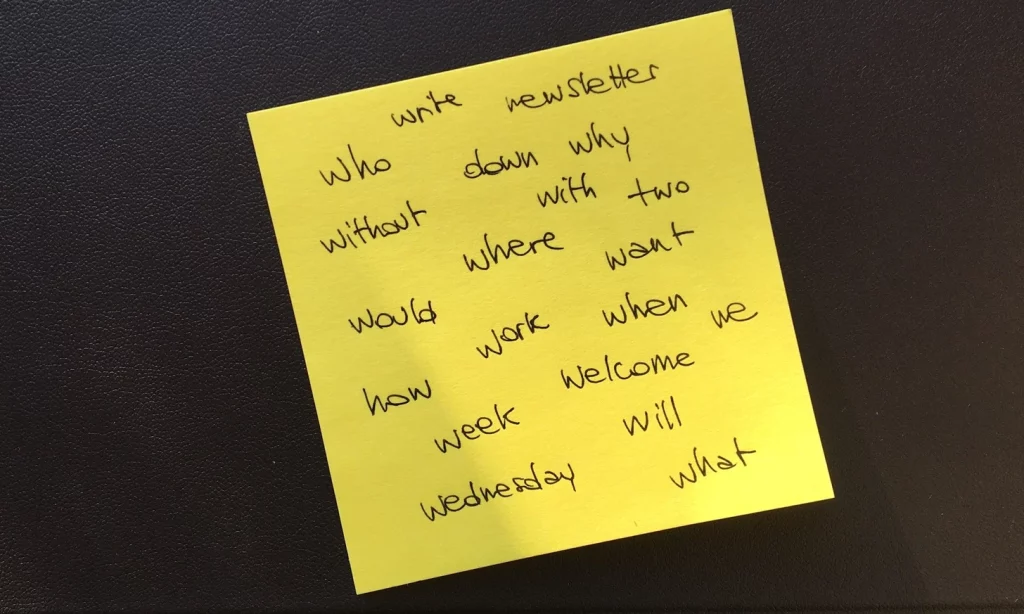You are reading contentfolks—a fortnightly blend of sticky notes, big content ideas, and small practical examples. Thank you for being here! ~fio
Hello and happy 2022 👋
“Extreme Book Nerd” is a year-long reading challenge1 that starts in January and requires you to read 50 books based on 50 prompts such as:
- Read a book that has ‘clock’ or ‘time’ in the title
- Read a book set on an island
- Read a children’s book published after 2019
- Read a graphic novel by an LGBTQIA+ author
- Read a book that takes place in one day
It’s an interesting approach: the constraints give focus but are not too restrictive, they help readers discover books they could have ignored, and force each participant to look at a library shelf differently.
Could the same principle also help solve common content marketing problems?
Constraints improve your creativity
Both empirical research and anecdotal evidence suggest that creative constraints keep you productively challenged, focused, and motivated to “search for and connect information from different sources to generate novel ideas for products, services, or business processes.”2
Therefore, I think you should apply this approach to your content operations, teams, and deliverables. For example, if you keep running into production bottlenecks or out of original ideas, you could introduce constraints such as:
- Edit a draft to make it 25% shorter
- Ship a content campaign spending a fraction of the usual budget3
- Go from idea to demo-able content product in one sprint
- Launch a big project in exactly one month
- Cut all Zoom calls/meetings for your team for the next 7 days
Even if arbitrary, constraints like these can help you discover and try different approaches than the ones you’re used to. It’s a bit like the old “think outside the box” cliche… except outside the box there’s another box, and you have specific instructions for thinking inside of it.
💡 A practical example 💡
On Sunday, as I started drafting this issue, I felt the fuzziness that comes after a long holiday hiatus. My ideas felt too loose and my paragraphs ran all over the page—so I decided to run an experiment and give myself an editorial constraint.
Have you noticed it yet?
Today’s issue of contentfolks doesn’t use the letter that comes after V and before X. Just like the research predicted, being forced to avoid hundreds of obvious terms kick-started my brain and helped me find focus and motivation. Point proven!

…though I’ll also be honest and say that I do not recommend this particular constraint if you are ever close to a due date and/or trying to save time.

Constraints get a bad rap because they are limiting, but they can also lead to original ideas and creative breakthroughs. The next time you feel stuck, uninspired, or simply just needing a fresh perspective, try introducing a constraint into your normal content marketing routine—and then, report back 😉

1: A lot of public libraries in the US have their version of the challenge. Here is a fantastic example from Meridian, Idaho—I’m going to do it!
2: For example, imposing constraints on a healthcare-focused engineering team—i.e. you must develop an ECG device in 18 months that uses the latest technology, costs no more than $1 per scan, is ultra-portable, can fit into a backpack, and is battery operated—led to a revolution in rural access to medical care. This anecdote (from this article) inspired today’s issue.
3: A similar constraint is behind 2018’s One, Ten, One Hundred campaign. Do you remember it? I still think about it fondly.